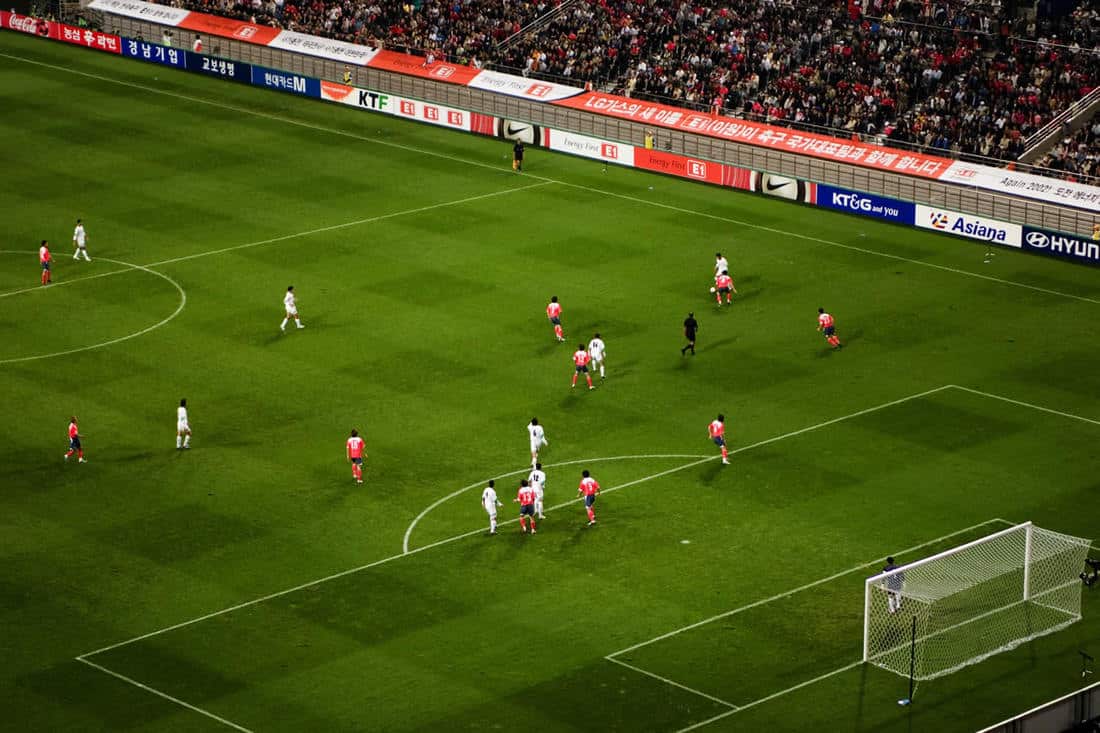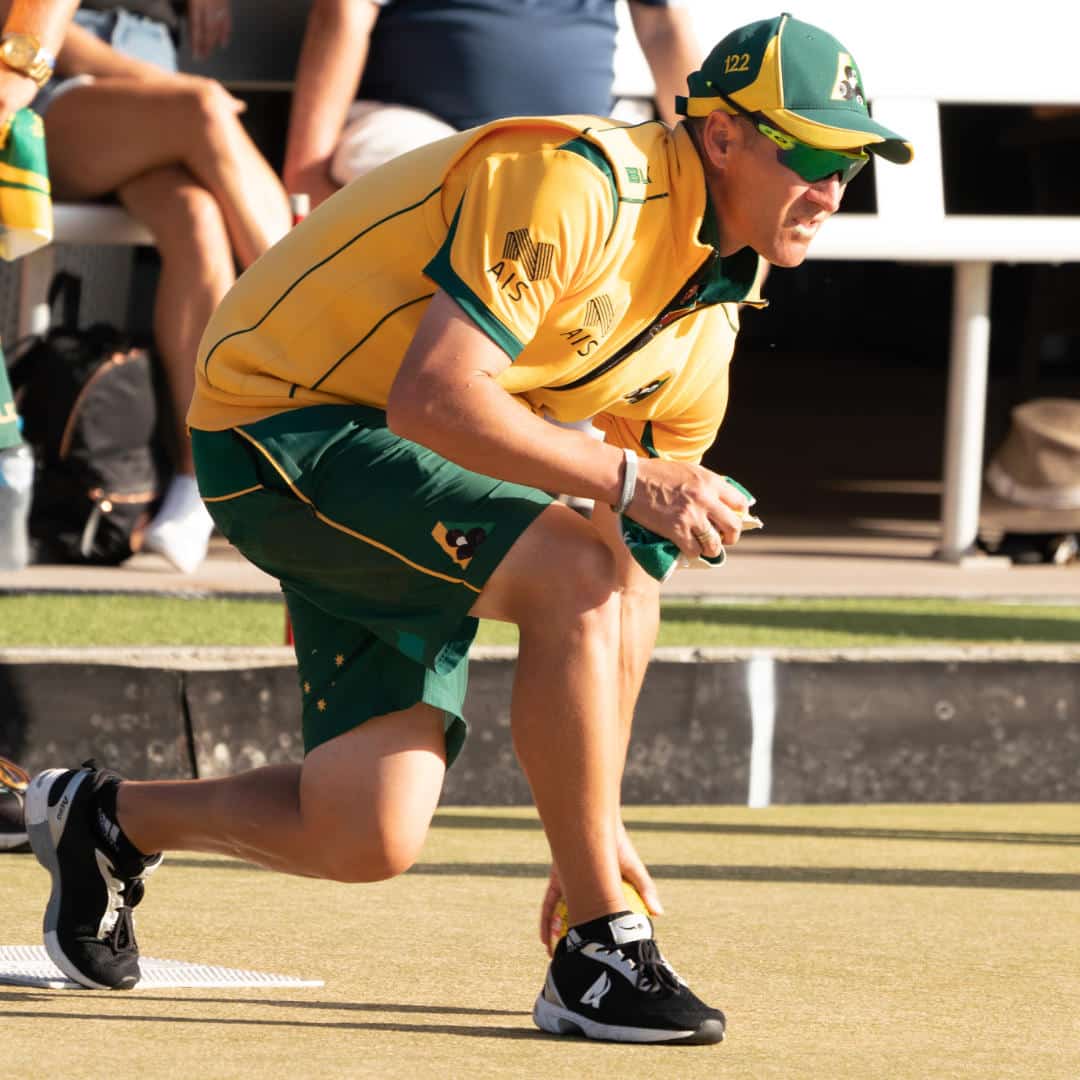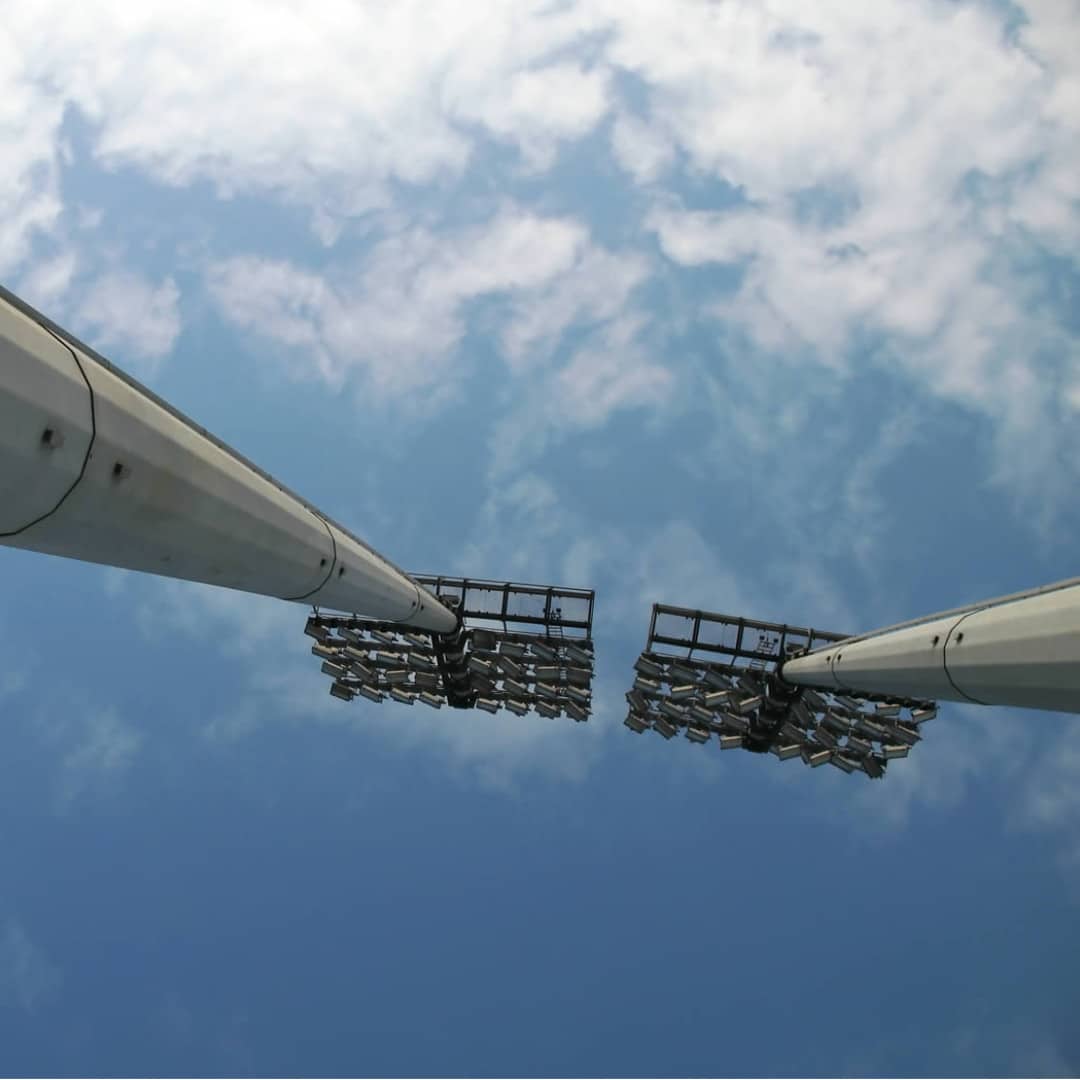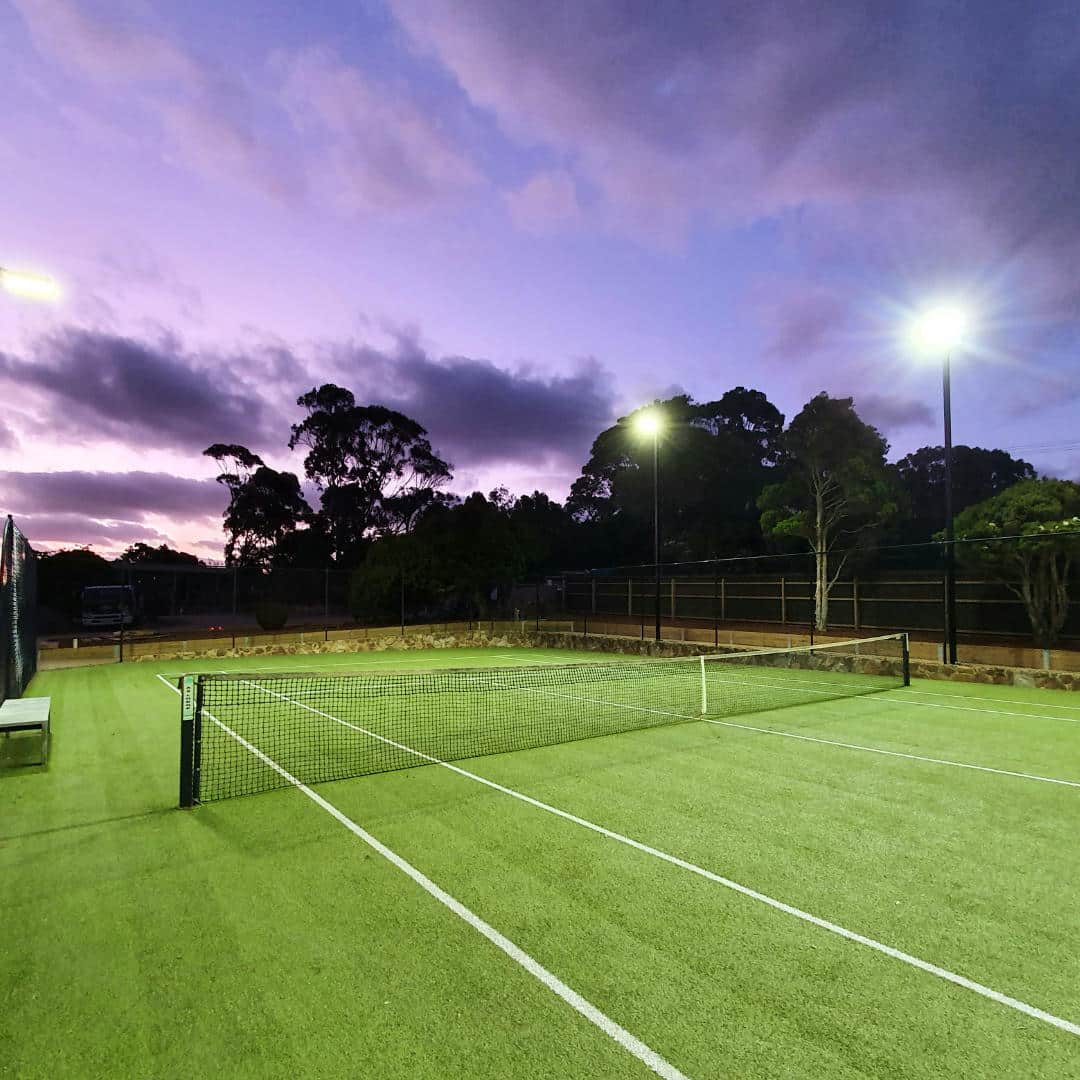
On the field, lighting levels are measured with a light, or lux, meter. The results are expressed in Lux (lumens/m2) or foot candles (lumens/ft2). This gives an objective measurement of the amount of light at a specific point. However, prior to achieving this, the layout is planned using a digital file called an IES file.
Each lamp has different current draw, efficiency, CRI, colour temperature and most importantly, beam pattern. The IES file contains the beam pattern of the luminaire to be used, in a format that allows the designer to plan the position of the poles, height of the poles and angles of the luminaires in order to achieve uniform lighting at a particular lux level. The engineer can very accurately achieve an end result once he knows what standard or ideal he is working towards.
These standards are set out by governing bodies, sports associations, local governments and other interested parties. Almost every country, and sometimes even states, have got their own regulations and recommendations in regard to lighting levels for sports but many of these are guided by associations and federations. Every sport has been individually assessed by professionals and there are minor tweaks and changes to differentiate one from another. The influencing factors include the size of the ball, the speed of play, the size of the field and distance from the spectators. If play is being videoed or televised also has a large impact on the level of lighting, as well as the definition required.
Another point to mention is CRI or Colour Rendering Index. Many standards that were written pre-2010 or thereabouts don’t take LED into account as it wasn’t then available for sport applications. If this was the case it is likely that no mention will be made of CRI. This is because metal halide fittings, which have been used in sport for decades, naturally have a high CRI. For those who don’t know we have inserted a comment on Colour Rendering Index giving the Wikipedia explanation as of May 2018:
‘A colour rendering index (CRI) is a quantitative measure of the ability of a light source to reveal the colours of various objects faithfully in comparison with an ideal or natural light source. Light sources with a high CRI are desirable in colour-critical applications such as neonatal care and art restoration.’
Put a bit more simply: ‘How much detail can we see’. If you are studying something fast moving or in great detail, it is important to have a very high CRI.
Anyway, back to the standards! Mostly this information is available to download for free and we have listed some of the regulatory bodies below, but this is by no means exhaustive.
In this article we have tried to summarise required lux levels for some of the most common sports, based on the three most common types of usage, excluding televised professional games:
The summary below is gleaned primarily from our interpretation of the standards (averaging where there are differences), the majority of which are set out in EN12193. Please note FIFA and others refer to the Classes in the reverse order and so Class 1 is for training, and so on.
| Lux Levels Required | |||
| Sport Type | Class 1 | Class 2 | Class 3 |
| Football (Soccer) | 500 | 200 | 75 |
| Rugby | 500 | 200 | 75 |
| Tennis - outdoor | 500 | 300 | 200 |
| Tennis - indoor | 750 | 500 | 300 |
| Baseball | 750 | 500 | 200 |
| Hockey | 500 | 250 | 200 |
| Athletics | 500 | 200 | 100 |
| Golf | 100 | ||
| Playing court | 500 | 200 | 75 |
| Swimming pool | 500 | 300 | 200 |
| Multi-purpose sports hall | 750 | 500 | 200 |
| Ice Hockey Rink | 750 | 500 | 300 |
| Badminton/Squash | 750 | 500 | 300 |
| Alpine skiing | 100 | 30 | 20 |
| Horse racing | 200 | 100 | 50 |
The regulatory bodies listed below have detailed recommendations and suggestions, covering a host of topics apart from lighting levels. For a deeper dive into what is required, you may find some of them useful.
Guidelines for lighting for AFL, Soccer and Netball in Australia
All USA sports - NCAA
Football Association of Ireland
International Tennis Federation
Federation of International Hockey
Illuminating Engineering Society – Paid for version
CIBSE Lighting Regulations – Paid for version
So, that’s a very broad overview. To see where you are compared to the standard there are a few apps for lux measurement which can help such as Light Lux Meter Pro for iOS or Lux Meter (Light Meter) for android. Download one of these and you can easily check if you are getting the type of output you thought you were from your fittings.
 |
 |
GET LUX LIGHT METER PRO
|
GET LUX METER (LIGHT METER)
|
It will also give you an idea of how energy efficient your current system is and if you could improve this by replacing the bulbs or converting to LED. There are a number of suppliers that will do a free assessment once you have provided this basic information, along with a field/pole layout.


